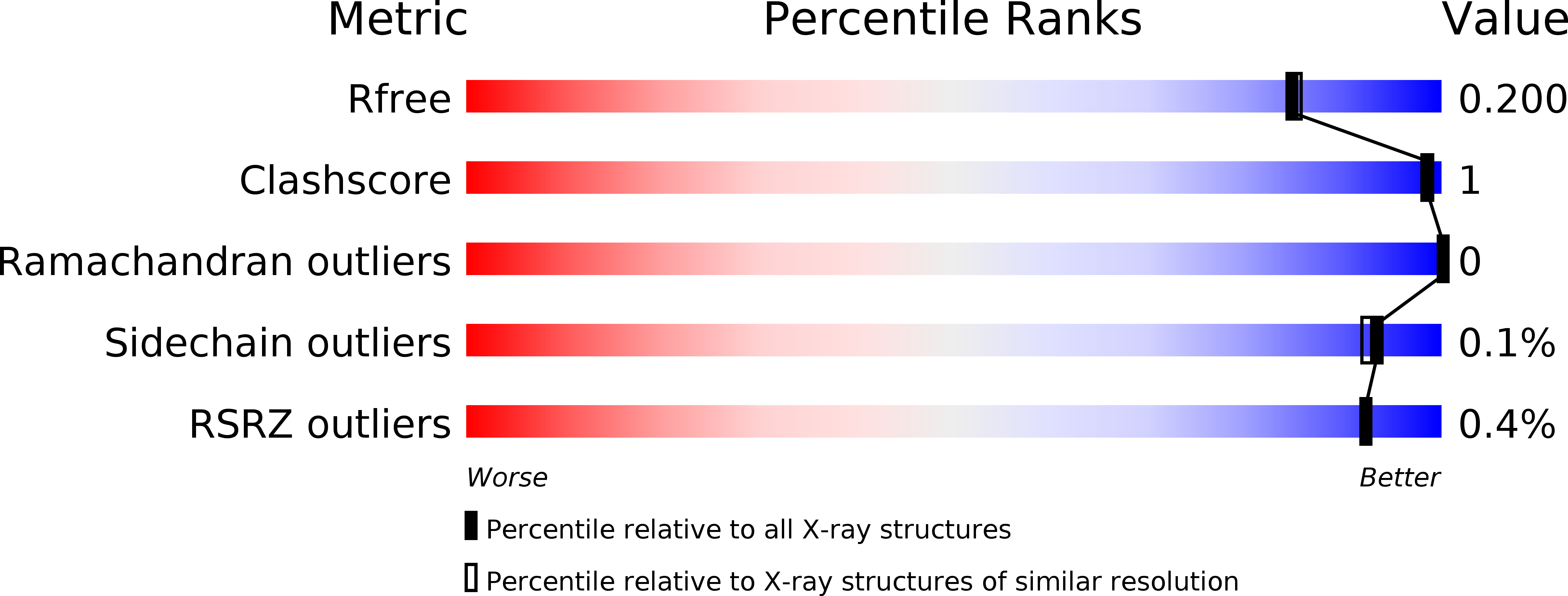
Deposition Date
2016-04-22
Release Date
2017-03-01
Last Version Date
2023-11-08
Entry Detail
PDB ID:
5JIB
Keywords:
Title:
Crystal structure of the Thermotoga maritima acetyl esterase (TM0077) complex with a substrate analog
Biological Source:
Source Organism:
Host Organism:
Method Details:
Experimental Method:
Resolution:
1.86 Å
R-Value Free:
0.19
R-Value Work:
0.15
R-Value Observed:
0.15
Space Group:
P 1 21 1


